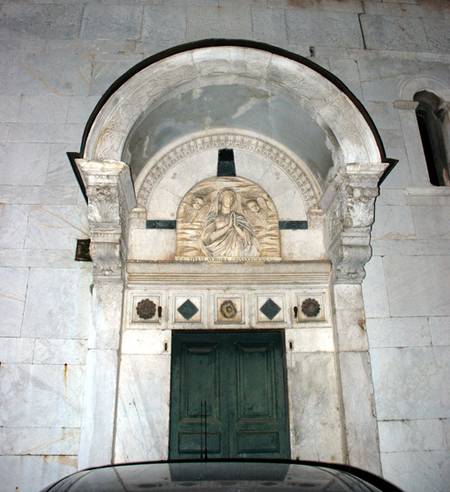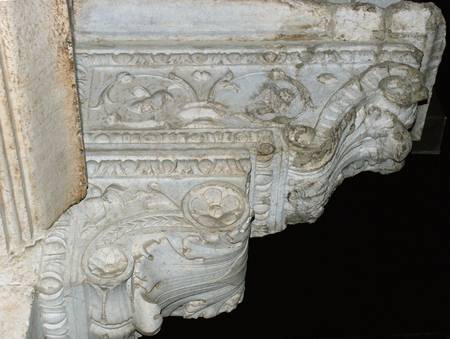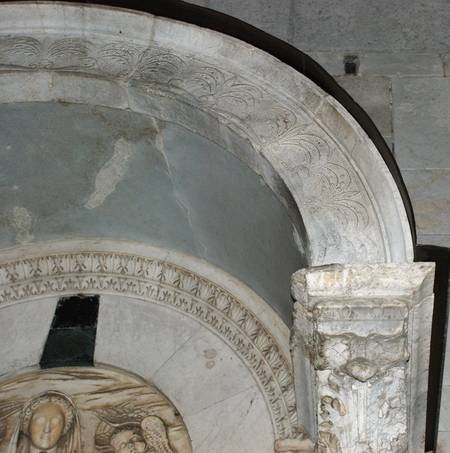Tomorrow we will get the train to Pisa and on to Pietrasanta, the birthplace of Stagio Stagi. Having based ourselves in Lucca (a fortunate choice), we spent today searching out works by Matteo Civitali, both in the town (his birth- and workplace) and out in the surrounding countryside. But tomorrow will be devoted to the Stagi family of sculptors.

I came across Stagio Stagi (1496–1563), the most well-known of the Stagis, while in the first stages of researching for the 5th edition of Blue Guide Tuscany. Reading the previous editions, there were mentions of Stagio Stagi in Pisa and also Pietrasanta, Seravezza and Volterra. Lorenzo Stagi (Stagio’s father) was cited in Pietrasanta, and there was just one mention of a Giuseppe Stagi also in Pietrasanta. The 2nd edition (1995) refers to Stagio and Lorenzo as “famous natives” of Pietrasanta. I wondered how dominant these sculptors were in the marble quarrying town they were born in. How influential were they? Who might their works have inspired? Would they be commemorated widely in the town or only noticeable through their works? And were there any more members of the family working as sculptors?

First some preparation. As with all thorough preparation, the best results come from a suitable working atmosphere – we entered our ‘workplace’ for the evening: Trattoria Da Giulio on Via delle Conce, recommended by the Blue Guide Tuscany author. Surrounded by photos of the rich and famous in the entrance hall and tables enough to serve 200 diners, perhaps we had made the wrong choice. However, the food was reputed to be excellent, and the table we were shown to was in the quieter, furthest dining room which appeared to be reserved for non-Italian speakers (or was I being paranoid?). It looked as though our Stagi preparations would commence without major distractions. First things first, we ordered a bottle of local red (Montecarlo), and I opted for the daily special of baccalà frito (fried cod) and a side dish of ceci(chickpeas).

We covered the table with local maps, Blue Guide Tuscany, Blue Guide Central Italy and a recent edition of Touring Club Italiano Toscana. Between courses (all excellent, as promised) we sifted through each of the entries for the Stagis and made a list of works to see the next day: in Pisa, altarpieces in the duomo, a funerary monument in the Camposanto, and a tabernacle in Santa Maria della Spina; in Pietrasanta duomo a bas-relief of John the Baptist on the facade, a statue of the saint inside, altarpieces, water basins, a pulpit pedestal, two capitals, and choir frontals including signed marble profiles in stall no.4. The works in Pisa sounded interesting, but surely our research would come to fruition in Pietrasanta’s duomo. Signed profiles in choir stall no. 4 – this was exciting.
Having not seen any physical reference to Stagi in Lucca (even though Lorenzo is recorded as having worked with the Matteo Civitali workshop), we decided to scour our books one more time, and Touring Club Italia mentioned an aedicule by Stagio above the door of San Alessandro. Five minutes’ walk and we were in the small square facing the church. On the right side was the door and the Stagi aedicule (albeit in the dark). Most noticeable was the palm tree motif around the hood. Was this a signature motif that we would see more of in Pietrasanta tomorrow?






